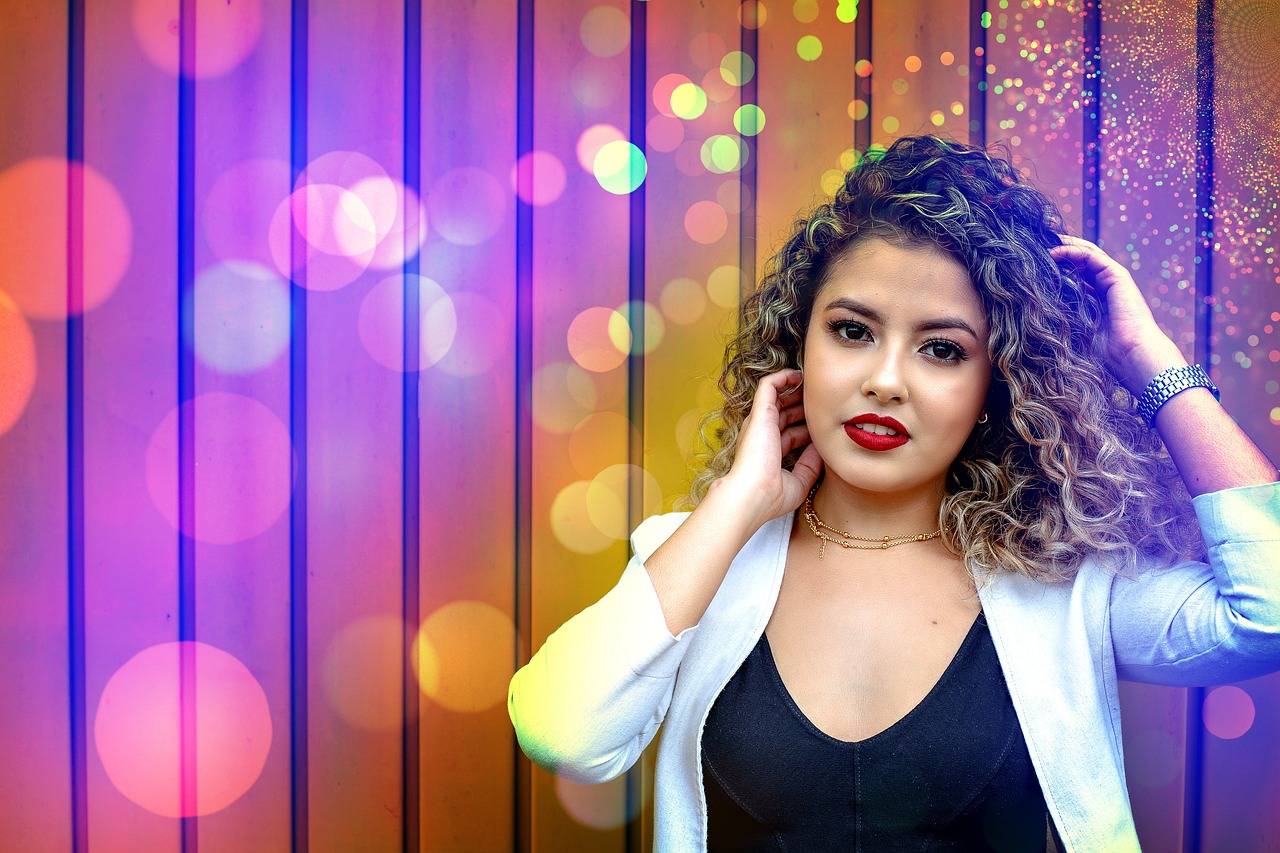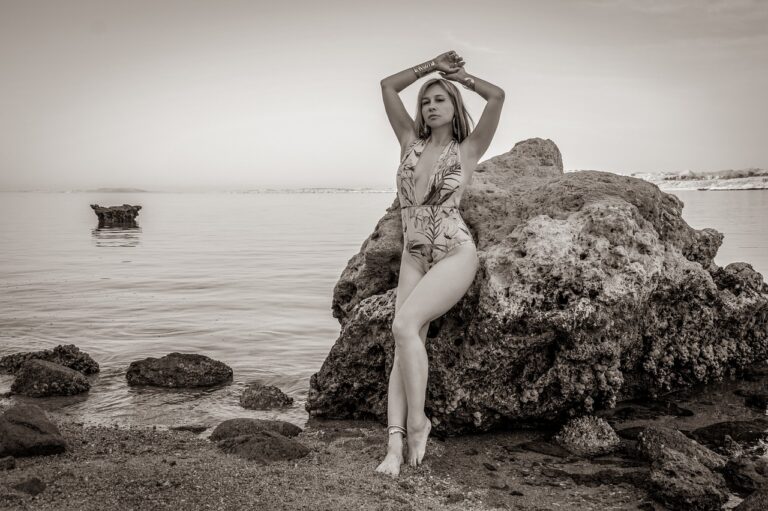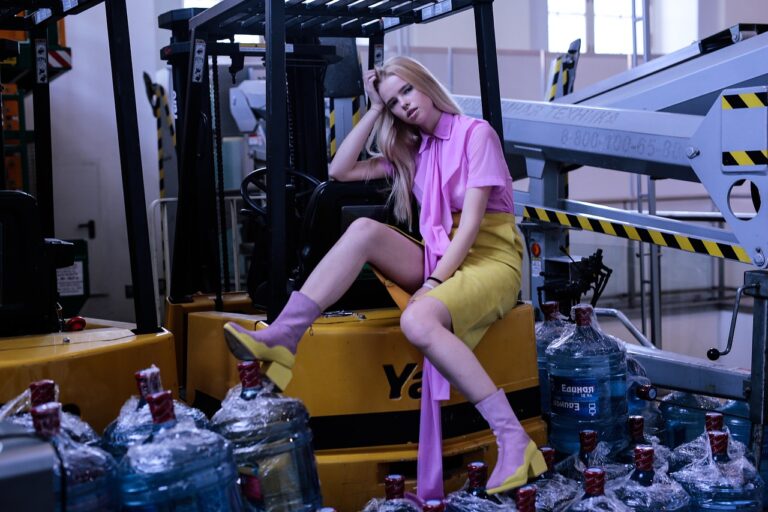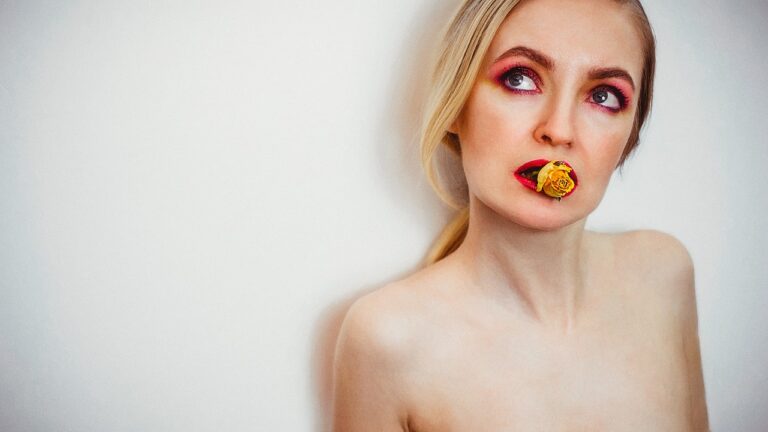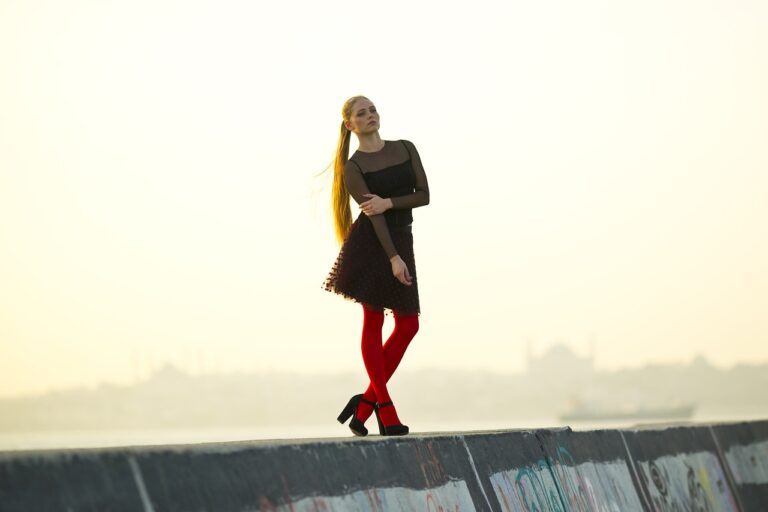Fashion and Art: Exploring the Relationship Between Style and Creativity
Fashion and art have long been intertwined, with each influencing the other in a dynamic and symbiotic relationship. Artists throughout history have drawn inspiration from clothing, textiles, and style to inform their creative works. In turn, fashion designers often look to art movements, such as Impressionism or Cubism, for fresh ideas and innovative concepts to incorporate into their designs.
The collaboration between the worlds of art and fashion continues to evolve, with contemporary artists and designers finding new ways to merge their respective fields. Whether it’s through collaborations between designers and artists, or the incorporation of artistic techniques and motifs into clothing collections, the intersection of fashion and art is a rich and fertile ground for creative exploration and expression.
The Influence of Art Movements on Fashion Trends
Art movements have long been a source of inspiration for fashion designers, influencing trends and shaping the way we dress. From the bold geometric shapes of the Art Deco movement to the rebellious spirit of the Punk era, art has continually permeated the world of fashion. Designers often look to art movements not only for aesthetic inspiration but also to capture the essence and mood of a particular time period.
One striking example of this intersection between art and fashion is the Surrealist movement. Surrealist artists such as Salvador Dali and René Magritte challenged traditional notions of reality, leading to designs that were whimsical and dreamlike. This influence can be seen in fashion through quirky prints, unexpected details, and avant-garde silhouettes that push boundaries and spark imagination.
The Use of Color Theory in Fashion Design
Color theory plays a crucial role in fashion design, as it serves as a foundational principle for creating visually appealing and harmonious clothing collections. Designers carefully select colors based on their understanding of the color wheel and its various relationships. By using complementary colors to create contrast or analogous colors for a cohesive look, designers can evoke different feelings and moods within their designs.
In addition to understanding the basic principles of color theory, fashion designers also consider cultural and psychological associations of specific colors. For example, red is often associated with passion and energy, while blue conveys tranquility and trust. By strategically incorporating these color meanings into their designs, fashion designers can effectively communicate their desired message or evoke a particular emotion from their audience.

